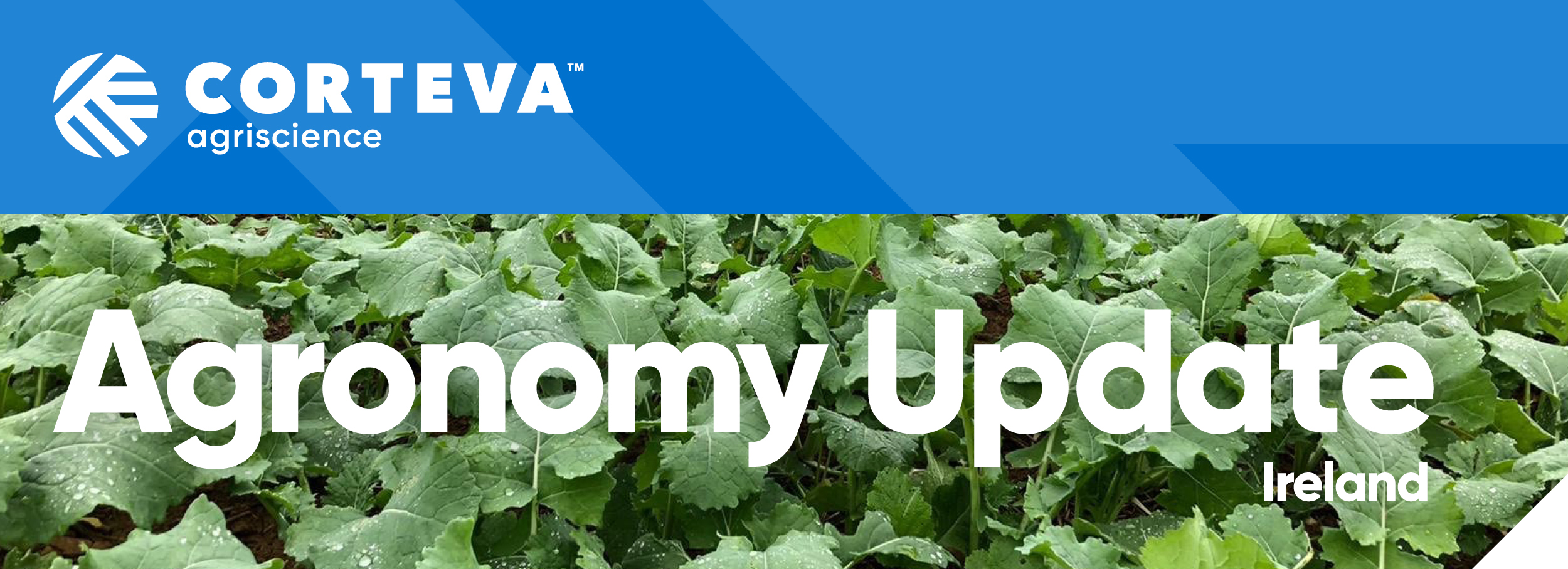
|
In the July edition
- The threat of Sclerotinia
- The importance of verticillium stem stripe resistance
- Pioneer® provides unique seed treatment for Irish farmers growing oilseed rape
- Boost silage quality with Pioneer® 11CFT
- Give extra support to your oilseed rape crop by stabilising nitrogen in the autumn
- Stewardship steps to consider before drilling and at establishment of your oilseed rape
- Protect your potato crop from late blight with Zorvec™ active
- Update your communications preferences, enter our monthly prize draw plus ways to earn IASIS points
|
|
|
The threat of Sclerotinia
Sclerotinia isn’t a disease that Irish growers will see circulating every year, but when it takes hold, the effect on oilseed rape yields can be devastating. Losses can be as high as 60%, but better forecasting, well-timed spray programmes and most recently, genetic advances in varieties all help prevent such circumstances becoming all too common.
What conditions are needed for sclerotinia?
Sclerotinia requires at least 24 hours of continuous high humidity and night-time temperatures above seven degrees for infection to occur. Wet weather during flowering creates the biggest risk to the crop as this encourages fallen petals to stick to the crop’s leaves. These petals act as a nutrient source for the pathogen, which then grows down the leaf stem to the main plant stem where it presents as large white lesions some two weeks after the plant has become infected.
Reduce the severity of sclerotinia with PT303 and PT312
Pioneer® PT303 Protector® Sclerotinia can provide extra support for your crop when this unpredictable and highly damaging disease strikes. Sclerotinia infection is largely eliminated from both treated and untreated AHDB trials through comprehensive fungicide applications at flowering. In commercial situations, flowering treatment programmes may be more limited, and applications may be inadvertently mis-timed. PT312, the second Pioneer hybrid with tolerance to Sclerotinia, provides a very high gross output yield with a very high oil content combined with turnip yellows virus resistance.
Find out more about Sclerotinia by reading our article here.
|
|
|
The importance of verticillium stem stripe resistance
Verticillium stem stripe is caused by the fungal species Verticillium longisporum. Verticillium stem stripe is a monocyclic disease, meaning it only goes through one cycle of the disease each year. However, if infected plants ripen prematurely, they can have reduced yield with losses of up to 50% having been observed in Europe. Disease symptoms include leaf chlorosis, early ripening, stunting, and shredding of the stem tissue.
ADAS trials at a UK location with a recent history of verticillium stem stripe have indicated PT312, PT315 and PT303 showed statistically higher yield to the partially resistant standard and comparable yield to intermediate standard. This suggests that these varieties have good resistance or tolerance against verticillium stem stripe. In particular, PT303 demonstrated the ability to quickly establish high levels of ground cover and grow rapidly in both autumn and spring, even in a verticillium-infected site.
|

|
The sole Irish supplier of our oilseed rape varieties are Drummonds.
Visit drummondsireland.com, or contact a representative: Brendan Reilly +353 87 259 8338; Brian Reilly +353 87 600 4800 for further information.
|

|
|
|
Pioneer® provides unique seed treatments for Irish farmers growing oilseed rape
With the oilseed rape drilling campaign starting this month, Pioneer has outlined the role seed treatments can play in getting the crop off to the best possible start. This year Pioneer is also able to provide unique seed treatments on its varieties being shipped to Irish farms.
The insecticide seed treatment Lumiposa® is extensively used in central Europe and is an option available when looking for establishment assistance for crops challenged by a range of insect pests. This treatment can be specified when ordering any of Pioneer’s seed varieties.
|
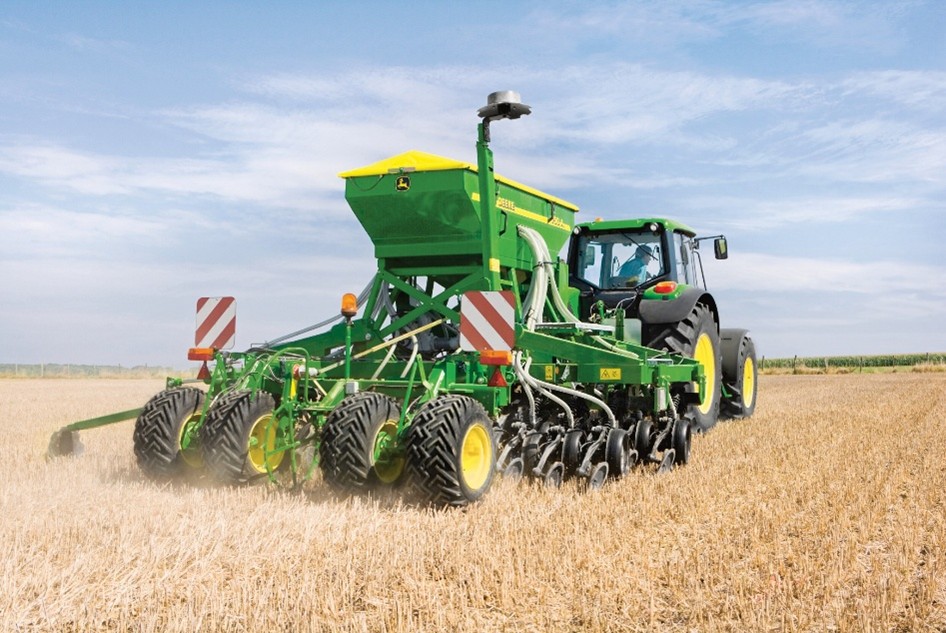
|
|
|
Boost silage quality with Pioneer® 11CFT
Looking to enhance the performance of your maize silage? Pioneer 11CFT is a specialist silage inoculant designed to deliver superior results in high-production dairy and beef systems. Formulated with a unique, patent-protected strain of Lactobacillus buchneri, 11CFT works through three powerful modes of action: it improves the efficiency of lactic fermentation, enhances aerobic stability, and increases fibre digestibility.
Whether you're aiming to reduce dry matter losses or improve the nutritional value of your forage, 11CFT is a smart investment. Its live lactic acid-producing bacteria are specially selected to support optimal fermentation, helping you get the most out of every tonne of maize. For farmers focused on quality and performance, 11CFT is a proven solution to elevate silage outcomes and drive profitability.
|
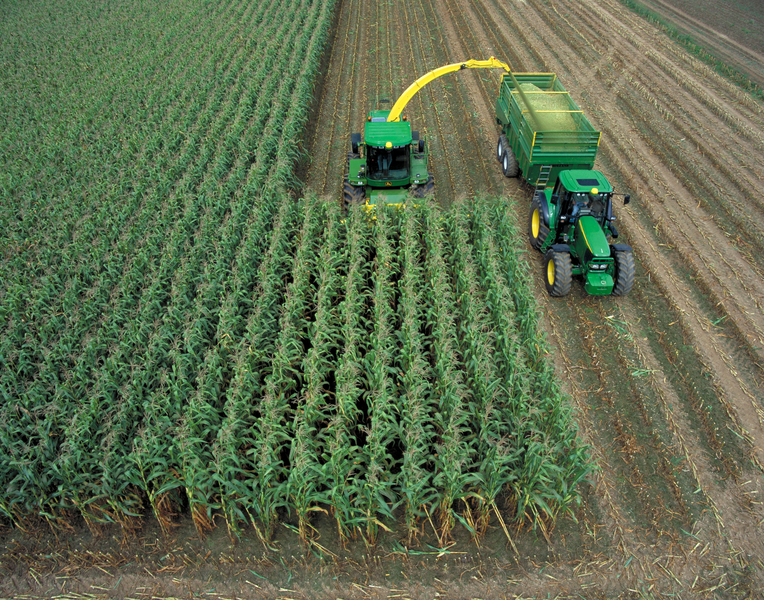
|
|
|
Give extra support to your oilseed rape crop by stabilising nitrogen in the autumn
A crop reaching its yield potential is underpinned by successful establishment. In oilseed rape we have seen evidence of improved establishment from using Instinct® in the autumn, especially when used in conjunction with slurry and digestate.
Our internal development trials showed yield responses of up to 7% and improved spring vigour in oilseed rape when Instinct is used in the autumn.
|
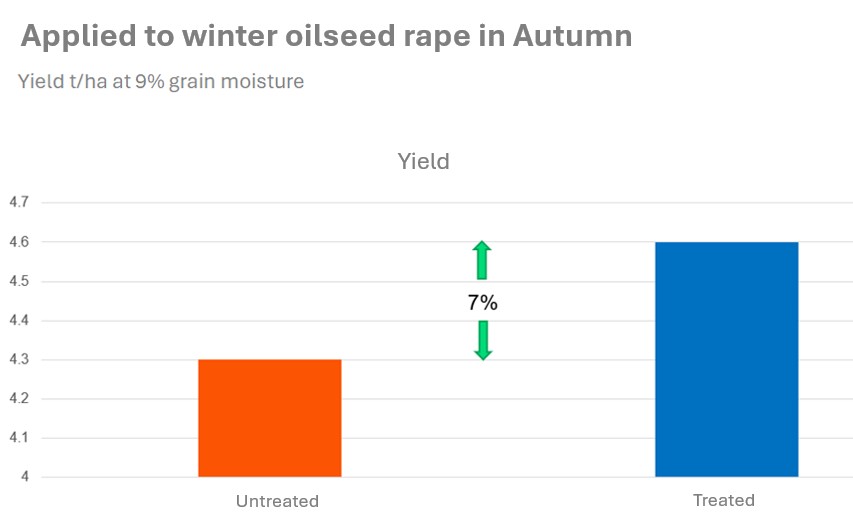
|
Instinct can reduce leaching by around 50% and reduce denitrification through greenhouse gases by 45%. This means nitrogen is kept in the soil for longer and is therefore available for the oilseed rape to use.
The product should be applied at a rate of 1.7 l/ha and as close to the application of nitrogen as possible – ideally within a couple of days either side, if not applied with the slurry or digestate. Instinct can be applied to a seedbed and incorporated or simply sprayed on as a surface application.
Click here to learn more about how Instinct works as a nitrogen stabiliser for your OSR crops.
|
|
|
Stewardship steps to consider before drilling and at establishment of your oilseed rape
With harvest now here and planning for the next crops underway, we thought it would be useful to remind growers about some of the stewardship best practices that should be considered now, ahead of OSR drilling. Field selection, tramline placement and buffer zones should all be considered with the objective of keeping the active ingredient (propyzamide) out of watercourses. Best practice steps are outlined here.
We have produced a topic sheet explaining how our oilseed rape herbicides can fit in a programme. Download our topic sheet here.
|
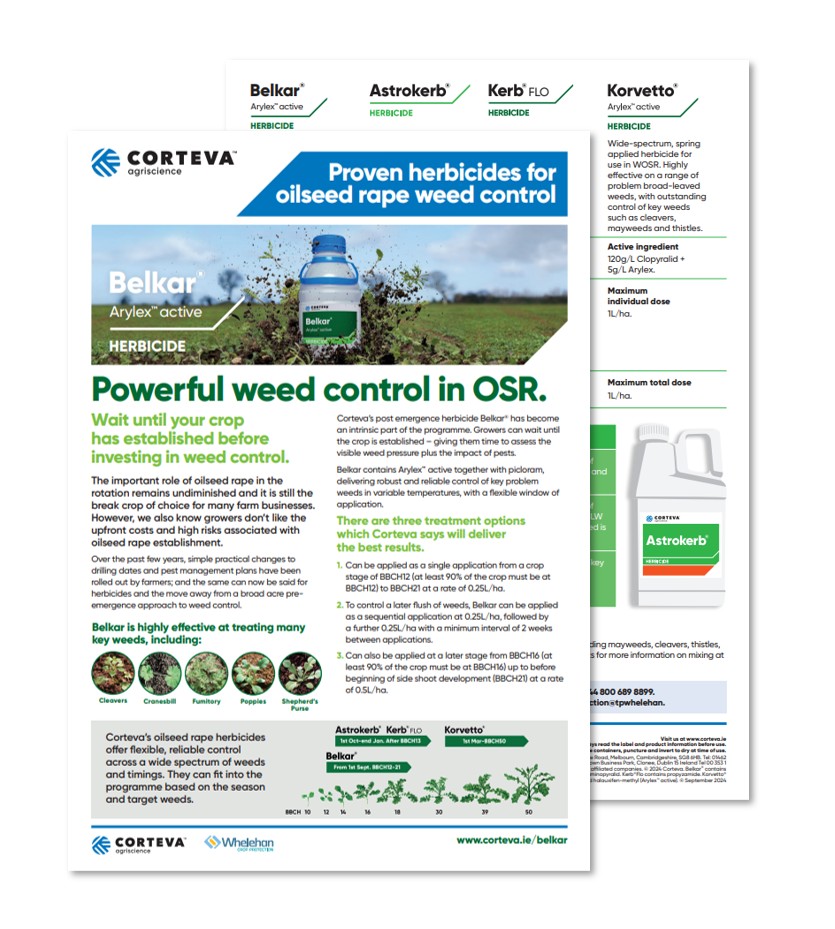
|
|
|
Protect your potato crop from late blight with Zorvec™ active
General conditions
Crops are now in stable canopy, with bulk development underway. For many growers, the focus is firmly on irrigation scheduling and machinery logistics where resources allow.
|

|
Crop status
The maincrop is post-flowering and well into canopy closure. 5-7+ fungicide applications have typically been made as part pf the fungicide programme, with many having included 2 x Zorvec Entecta™ during rapid canopy growth.
Blight pressure and crop management going forward
Check Met Éireann for the latest forecast of the blight pressure in your area. The days ahead will demand increased vigilance and precise spray interval management from both growers and agronomists. This will likely lead to greater reliance on the more robust fungicide options available for controlling Phytophthora infestans.
Zorvec Entecta remains a key tool in this effort. It can account for up to 20% of the total spray programme, with up to three applications permitted where 15 or more sprays are anticipated for the season. Its inclusion is particularly valuable for indeterminate varieties such as Rooster, Maris Piper, and Picasso, which continue producing new growth and therefore require sustained protection.
Where single active ingredient fungicides are planned, the addition of Option® (cymoxanil) as a partner would be advised to provide both curative activity and an alternative mode of action to protect molecules against selection for resistance.
|
|
|
|
|
|
Want to hear more from us?
Update your preferences and tailor your choices to make sure you receive the communications that are right for you. Don't forget to enter into our monthly prize draw by ticking the box before submitting to be in with the chance to win!
You can also stay in the loop with all the latest updates by following @CortevaIE on X and Facebook.
|
|
|
Ways to stay in touch
Area Manager and National Technical Manager: Liz Glynn, 00353 (86) 844 5306.
Visit our website www.corteva.ie for product information, labels and advice.
Our hotline team are on hand to answer any queries or concerns you have.
|
10 IASIS points will be awarded to those subscribing to this Agronomy Update.
|
USE PLANT PROTECTION PRODUCTS SAFELY. Always read the label and product information before use. For further information including warning phrases and symbols refer to label. ®, ™ Trademarks of Corteva Agriscience and its affiliated companies. All other brand names are trademarks of other manufacturers for which proprietary rights may exist. All manufacturers tradenames and trademarks are duly acknowledged. © 2025 Corteva. Instinct® contains nitrapyrin. Belkar® contains halauxifen-methyl (Arylex™ active) and picloram. Astrokerb® contains aminopyralid and propyzamide. Kerb®Flo 500 contains propyzamide. Korvetto® contains clopyralid and halauxifen-methyl (Arylex™ active). Zorvec Entecta™ contains amisulbrom and oxathiapiprolin. Option® contains cymoxanil.
|
|
|
|
|